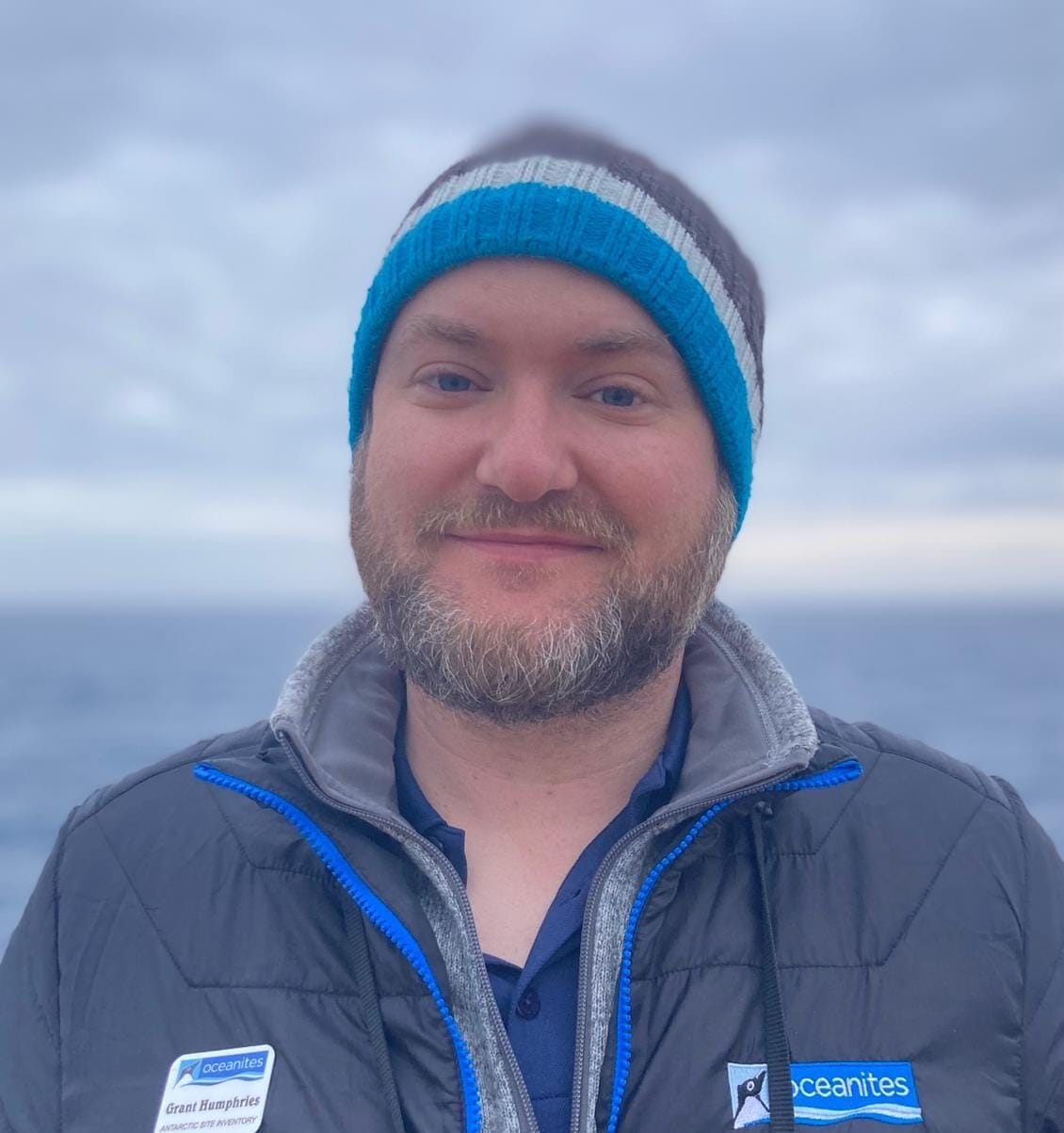Dr Grant Humphries is a marine ornithologist and data scientist recognized internationally for advancing seabird ecology, conservation, and evidence-based decision-making at sea. A National Geographic Explorer, he is known for pioneering the use of drones (RPAS) and transparent statistical methods to monitor wildlife and evaluate human impacts in marine ecosystems.
As Director of Black Bawks Data Science, Humphries leads a team delivering cutting-edge analytics, drone-based surveys, and reproducible pipelines for NGOs, governments, and industry. His expertise spans orthomosaics, thermal mapping, and AI-assisted species detection, supporting conservation programs and environmental assessments across the Atlantic and Southern Oceans.
In his role as Director of Science at Oceanites, Humphries oversees the stewardship of the Antarctic penguin population database (MAPPPD) and leads the organization’s drone program, which provides low-disturbance, high-resolution data on penguin colonies for the Antarctic Treaty System.
Humphries is also a recognized authority in offshore wind impact assessment, particularly collision risk modeling (CRM) for seabirds. He co-developed and maintains the open-source stochLAB R package, a stochastic collision risk model that explicitly incorporates uncertainty in seabird behavior, flight heights, and turbine parameters. His research, including novel aerial photogrammetry methods for estimating bird flight heights, directly informs regulatory guidance and environmental impact assessments in the UK, EU, and beyond.
A passionate advocate for open science, Humphries builds reproducible tools in R and publishes widely on seabird ecology, machine learning for image-based counts, and the integration of digital aerial and drone data into ecological models. His leadership in the World Seabird Union and creation of the World Seabird Twitter Conference have broadened access to global seabird research.
From Antarctic penguin colonies to North Atlantic wind farms, Dr Grant Humphries combines innovative field methods, quantitative rigor, and a commitment to transparency—ensuring that conservation and industry decisions are grounded in the best available science.

